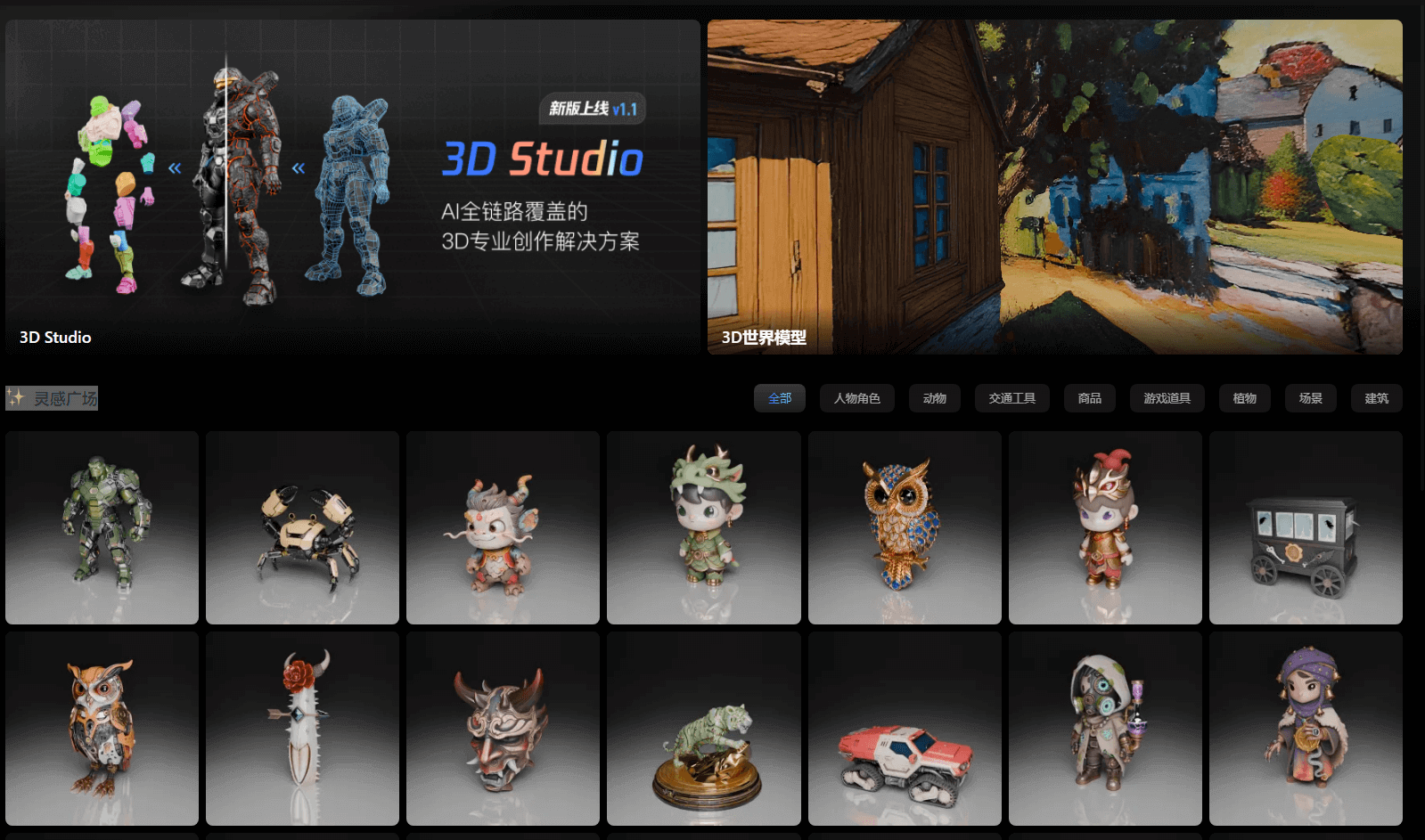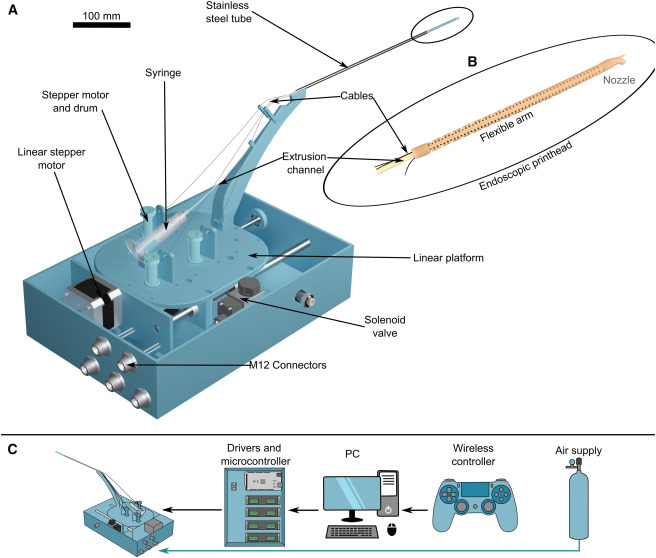
Date:2025-05-12 12:29:10
Artificial intelligence (AI) is rapidly reshaping industries across the board, but few sectors stand to benefit as comprehensively as manufacturing. From sales and logistics to forecasting and inventory management, AI is proving its worth in driving efficiency, improving margins, and creating more dynamic customer experiences.
Lance believes the manufacturing sector is particularly well-positioned to capitalise on AI’s potential. In a wide-ranging conversation, he outlined why AI is gaining momentum, what real-world applications are delivering results today, and how manufacturers can begin their AI journeys effectively.
Why AI has captured manufacturers’ attention
The manufacturing sector’s interest in AI is no passing trend. For Owide, it’s the promise of end-to-end optimisation that’s capturing attention—extending far beyond front-end sales automation to core processes like production planning, supply chain management and post-sale servicing.
“AI’s real draw is in its ability to boost revenue while driving efficiency and margin improvement,” Owide explained. “It’s not just the flashy stuff like chatbots. It’s about optimising how products are built, where they’re sent, and how they’re supported after the sale. That has huge implications for the entire product lifecycle.”
While elements of AI—like demand forecasting models—have existed in manufacturing for some time, what’s new is the ability to feed those systems with real-time data. Inputs such as changing customer behaviours, seasonal patterns, or even weather data can now update predictive models dynamically, improving accuracy and responsiveness.
Real-world efficiency gains
Owide shared several practical examples where manufacturers are already seeing measurable returns from AI. In one case, a BigCommerce customer—a children’s product manufacturer—implemented AI-powered product recommendations on its ecommerce platform. The result? A more than 50% increase in product purchasing among users who interacted with these tools.
“This was about suggesting complementary products that distributors frequently purchased together,” Owide said. “It drove conversion and helped both the manufacturer and their buyers sell more effectively.”
Another standout use case involved automated quoting. One BigCommerce client, a manufacturer of mobile device accessories, developed an AI-based system that allows distributors to request and negotiate quotes directly on the website. The AI uses live pricing data, customer lifetime value, and purchasing history to make dynamic offers—removing the salesperson from the initial quoting process entirely.
“The bot can negotiate within guardrails, and if it can’t reach an agreement, the process then gets passed to a human,” said Owide. “It’s a smart way to automate while still maintaining control.”
Strengthening the supply chain
AI’s impact extends deeply into logistics and supply chain strategy. With dynamic pricing and predictive analytics, manufacturers can optimise everything from warehouse placement to shipping routes in real time.
“Think about placing inventory closer to where it’s being purchased,” Owide noted. “Manufacturers have long done this in a static way. AI now enables those decisions to be updated in real time, helping to reduce overhead and speed up sell-through.”
AI also plays a critical role in helping manufacturers manage disruption—something that’s become all too common in recent years. Whether it’s navigating tariffs, pandemics, or supplier shortages, AI can detect risk factors, run scenario planning models and suggest proactive mitigation strategies.
Where to begin: clean data and business alignment
With AI offering so much potential, a common challenge for manufacturers is knowing where to start. According to Owide, the first step isn’t choosing the right AI tools—it’s getting your data in order.
“You need clean, structured data across the board—from customer history to inventory to product specs,” he said. “Without it, even the best AI solutions won’t be effective.”
He stressed the importance of system readiness as well. Many manufacturers are still using legacy or homegrown ERPs and CRMs that aren’t cloud-based or API-accessible, making real-time data integration difficult. Investing in foundational systems that can support AI is essential.
Once the data and infrastructure are in place, manufacturers should align their AI initiatives with broader business goals. If revenue growth is the primary objective, tools that support sales—like recommendation engines or sales rep enablement tools—might be the right starting point. If the goal is cost reduction, the focus may shift toward manufacturing process optimisation or supply chain efficiency.
“I always advocate a crawl-walk-run approach,” Owide said. “Start small. Test and learn. Build internal advocacy. That’s how real transformation happens.”





